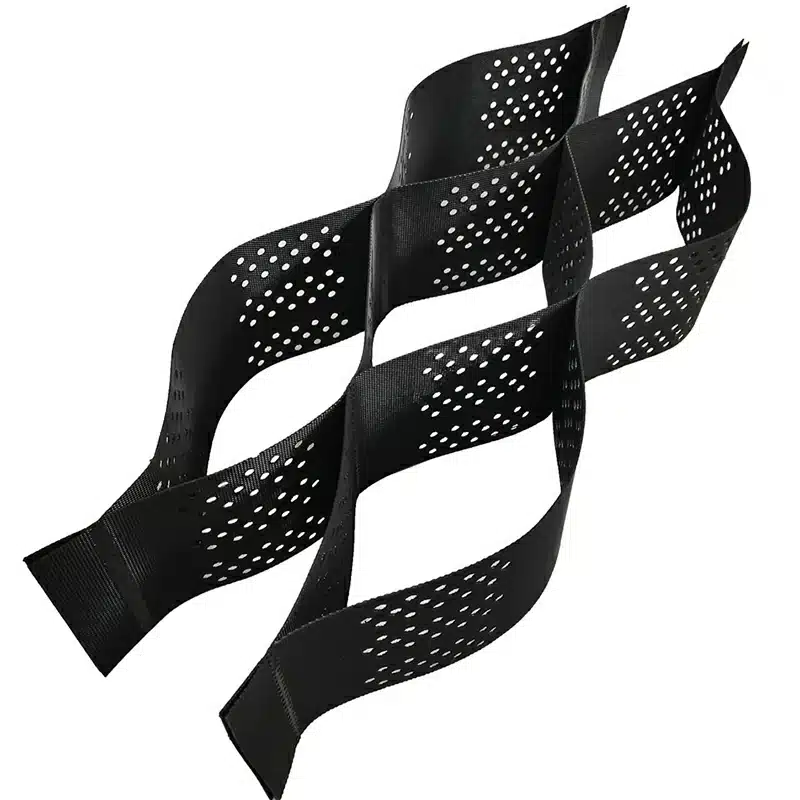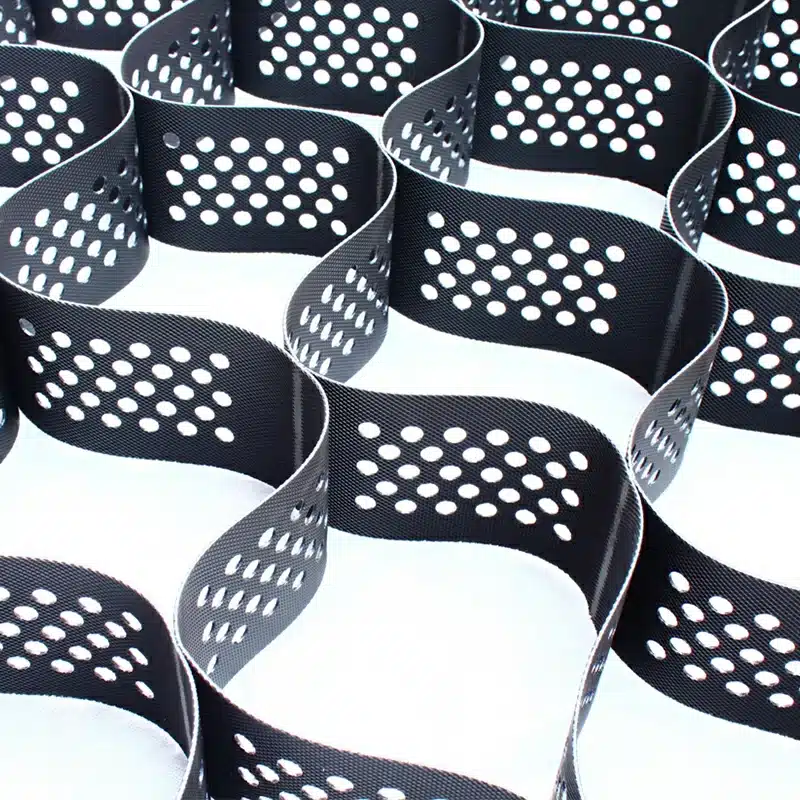+86-159 9860 6917
info@geofantex.com
geofantex@gmail.com
+86-400-8266163-44899
In the quest for optimal horse paddock surfaces, geocell technology has emerged as a groundbreaking solution. This article delves into the benefits and functionalities of geocell for horse paddocks, addressing common questions and concerns. By exploring this innovative material, we aim to provide insights for equestrian enthusiasts and professionals seeking the best for their equine companions.

What is the best material for a horse paddock?
Selecting the best material for a horse paddock requires balancing safety, drainage, durability, and long-term maintenance. Geocell has become one of the most effective solutions because it transforms unstable soil into a reinforced, load-bearing surface specifically suited to equine use.
Geocell systems work by confining infill material—such as sand, gravel, or soil—within a three-dimensional cellular structure. This confinement prevents lateral movement under hoof impact, which is a common cause of ruts, holes, and uneven ground in traditional paddocks.
From a performance perspective, geocells deliver several critical advantages. They significantly reduce surface deformation caused by repetitive hoof traffic, helping maintain a level paddock that minimizes the risk of slips, tendon strain, and joint stress. Their open-cell design also promotes rapid vertical drainage, preventing persistent mud that can lead to hoof diseases such as thrush and abscesses.
In addition, geocell surfaces provide a degree of shock absorption compared to compacted gravel or hardstand surfaces, improving overall horse comfort while still maintaining firmness. When combined with a geotextile separation layer, geocells further enhance stability by preventing subgrade contamination and preserving drainage performance over time.
For paddocks that experience heavy use, wet conditions, or high stocking density, geocell offers a superior balance of safety, durability, and long-term cost efficiency compared to traditional materials such as bare soil, gravel alone, or concrete.
How does geocell contribute to the health and safety of horses in paddocks?
Geocell technology, a 3D honeycomb-like structure used for ground stabilization and erosion control, significantly contributes to the health and safety of horses in paddocks in several ways:
- Ground Stability: Geocell improves ground stability, creating a firmer surface that reduces the risk of horses slipping, falling, or sustaining injuries due to uneven ground.
- Mud Reduction: It effectively drains and minimizes mud accumulation in paddocks. Excessive mud can lead to hoof problems such as thrush and other health issues in horses.
- Erosion Control: By preventing soil erosion, geocell technology ensures that paddocks maintain their structural integrity, reducing the chances of holes or dangerous areas that could harm horses.
- Improved Hygiene: The enhanced drainage and reduced mud not only benefit the horses’ health by preventing hoof diseases but also create a cleaner and more hygienic environment, reducing the risk of infections.
- Durable Surface: Geocell creates a durable and resilient surface that withstands the heavy traffic of horses, leading to a longer-lasting paddock area without the need for frequent repairs.
- Environmental Benefits: This technology is environmentally friendly, promoting natural grass growth, which can contribute to a healthier diet for horses if they graze in their paddocks.
Overall, the implementation of geocell technology in paddock environments plays a critical role in ensuring the safety and well-being of horses by providing stable, durable, and hygienic ground conditions.

Is geocell environmentally friendly and sustainable for paddock use?
- Erosion control: Geocells stabilize soil, reducing erosion naturally without the need for heavy chemical treatments.
- Reduced material use: They allow for the use of local infill materials (like sand, gravel, or even recycled soil), which cuts down on the need to transport new materials.
- Durability: Geocells are long-lasting, which means you won’t have to replace or repair the paddock surface frequently, reducing resource consumption over time.
- Water permeability: Unlike concrete or asphalt, geocells let rainwater soak into the ground, promoting healthy soil and reducing runoff and flooding.
- Animal safety: For horses and livestock, geocells provide a stable, non-slip surface that’s easier on their joints compared to hard surfaces.
- Recyclability: Many modern geocells are made from recycled or recyclable HDPE (high-density polyethylene).
Overall, they offer a low-impact, sustainable solution for keeping paddocks stable, dry, and safe.
How does geocell compare in cost and maintenance to traditional paddock materials?
Geocells offer several advantages over traditional paddock materials in terms of cost-effectiveness and maintenance. While the initial cost of geocells may be moderate to high due to the material and installation requirements, they provide long-term savings by minimizing the need for frequent repairs. Compared to gravel, which requires regular regrading and replenishment, and concrete, which is expensive and prone to cracking, geocells are more stable and durable. Key benefits include:
- Lower maintenance: The cellular structure prevents rutting, mud formation, and erosion.
- Better drainage: When combined with geotextiles, geocells enhance water flow and reduce surface water buildup.
- Improved durability: They distribute loads evenly, reducing surface wear and extending the life of the paddock.
Overall, geocells may have a higher upfront cost than gravel but significantly lower long-term maintenance costs, making them a cost-effective and reliable choice for paddock surfacing.
Geocell technology is revolutionizing horse paddock surfaces by offering a solution that is safe, comfortable, and sustainable. Its unique design ensures excellent drainage, stability, and cushioning, which are crucial for the health and safety of horses. Environmentally friendly and cost-effective in the long run, geocell stands out as the best material for horse paddocks, addressing both the immediate and long-term needs of equestrian facilities. As we continue to prioritize the welfare of horses and the environment, geocell emerges as a superior choice for paddock surfaces.



Get Free Sample
We’ll respond as soon as possible(within 12 hours)






















